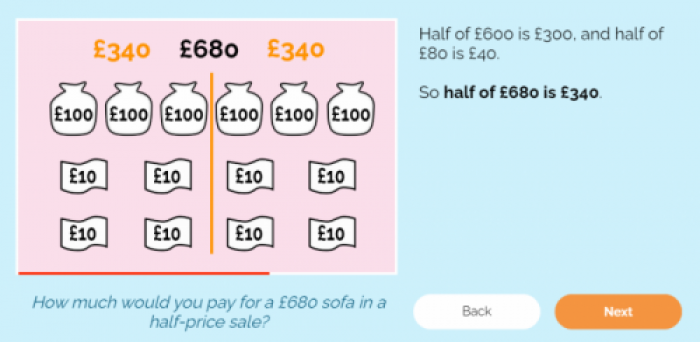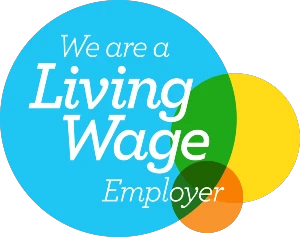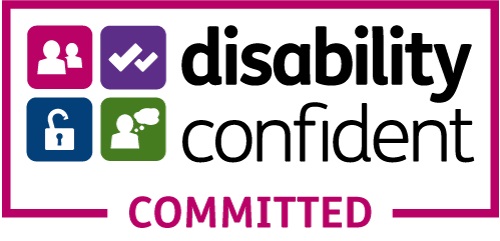Where did we start?
We were fortunate at this point to win support from the Ufi VocTech Trust which allowed us to include this initiative in our ‘Mobiles, Skills & Confidence with Numbers’ project.
For the resources, we didn’t know if learners would prefer text explanations, videos, or interactive resources, so we started off by writing explanations for a handful of questions in Microsoft Word documents that could be tested with learners. We know that people prefer to learn in different ways, so we provided several different explanations, for instance using pictures, bar models, and similar numbers.
We know from our work on the attitudes most likely to help adults engage with improving their skills, that seeing the ‘value’ of maths in daily life is important. So, for each question, we began by explaining why we were asking it, giving examples of how the skills crop up in daily life.
How did we test the resources?
We then recruited adults with lower skills and confidence and took them through the resources. The feedback was consistent:
- The content was good, but there was far too much text.
- They liked that they could take it at their own speed, rather than the pace being set by a video.
- They didn’t want multiple explanations – they just wanted to know how we would recommend that they do it.
- The uses of the skills in daily life were welcome, but would be better at the end, rather than at the beginning.
Where did this lead us?
We used this feedback to create new versions of resources using Microsoft PowerPoint. We simplified these considerably, providing just one explanation broken down into easy steps, and we moved the ‘real life’ examples to the end. We tested this with more target learners and got a very positive response.
We then created animated test resources using an animation software tool called Hype. We changed the format so that the learner could have another go at the question, then see the correct answer, then go through how we suggest the maths should be done, and then view ‘real-life’ examples at the end. We sent these to a range of contacts in partner organisations as well as to learners on the Challenge. The response was overwhelmingly positive.
How did we create the resources?
We then got to work on creating resources for each of the 334 questions in the assessment bank. They went live at the start of November 2020 and are getting a great response so far. We are very proud that the Challenge is now a really effective bite-size learning tool that any adult can use for free, on phone or computer, to check and improve their everyday maths skills and confidence with numbers.
‘Mobiles, Skills & Confidence with Numbers’
This work made up the ‘skills’ part of the project. In 2021, we will make improvements to the Challenge for mobile users and continue to make the resource more effective in improving adults’ confidence with numbers.






